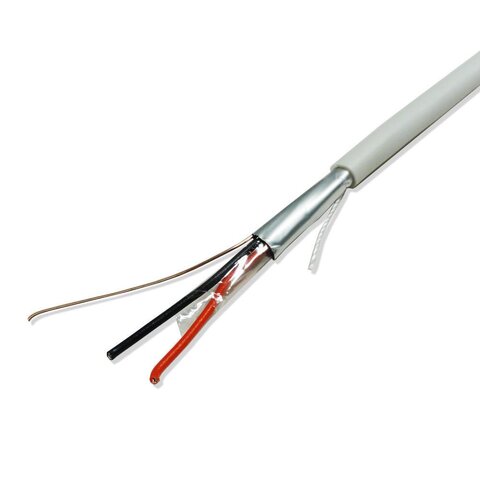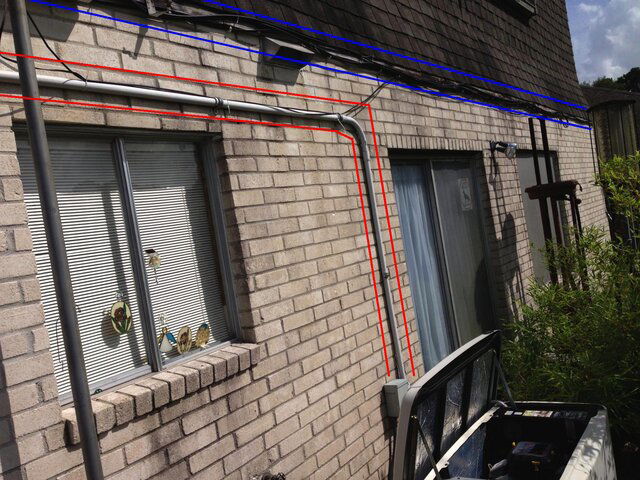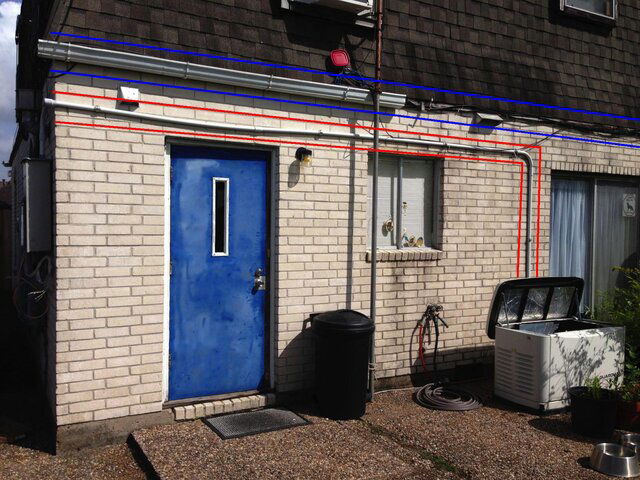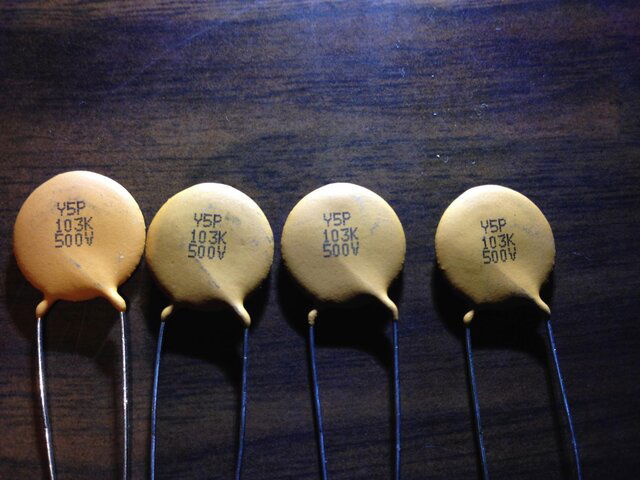Brian,
I'm wanting to put my big dish back up at my new house and I'm hoping to do everything RIGHT from the git-go.
While it's down and apart I'm doing a complete refurbish to fix dinged up panels and put a fresh coat of paint on everything.
Last year after I bought an ASC1 to replace the G-box I had been using I began having trouble which we attributed to my having used ethernet wires instead of the right stuff.
So I also have to buy new wires for the new house. I already have RG-11 so I don't need to buy that old type of C-band wire that has everything all-in-one.
I'll just have to find the power and control wires from somewhere that has then all shielded from one another.
Then I saw this new gadget. Would it be a wise investment to get one to ward off potential problems like I had before just in case?
And would it work with my actuator? I have an old "HARL-3624 Super PowerJack Actuator".. You guys had advised me to put a capacitor on the motor to help with the problems I was having but it didn't really work very well, again probably because of my stupid wiring.
I would not mind at all spending $30 something on the gadget if it would help things go smoother. I don't understand the technology involved in the thing so that's why I'm here asking stupid questions.
Thanks.
I'm wanting to put my big dish back up at my new house and I'm hoping to do everything RIGHT from the git-go.
While it's down and apart I'm doing a complete refurbish to fix dinged up panels and put a fresh coat of paint on everything.
Last year after I bought an ASC1 to replace the G-box I had been using I began having trouble which we attributed to my having used ethernet wires instead of the right stuff.
So I also have to buy new wires for the new house. I already have RG-11 so I don't need to buy that old type of C-band wire that has everything all-in-one.
I'll just have to find the power and control wires from somewhere that has then all shielded from one another.
Then I saw this new gadget. Would it be a wise investment to get one to ward off potential problems like I had before just in case?
And would it work with my actuator? I have an old "HARL-3624 Super PowerJack Actuator".. You guys had advised me to put a capacitor on the motor to help with the problems I was having but it didn't really work very well, again probably because of my stupid wiring.
I would not mind at all spending $30 something on the gadget if it would help things go smoother. I don't understand the technology involved in the thing so that's why I'm here asking stupid questions.
Thanks.







